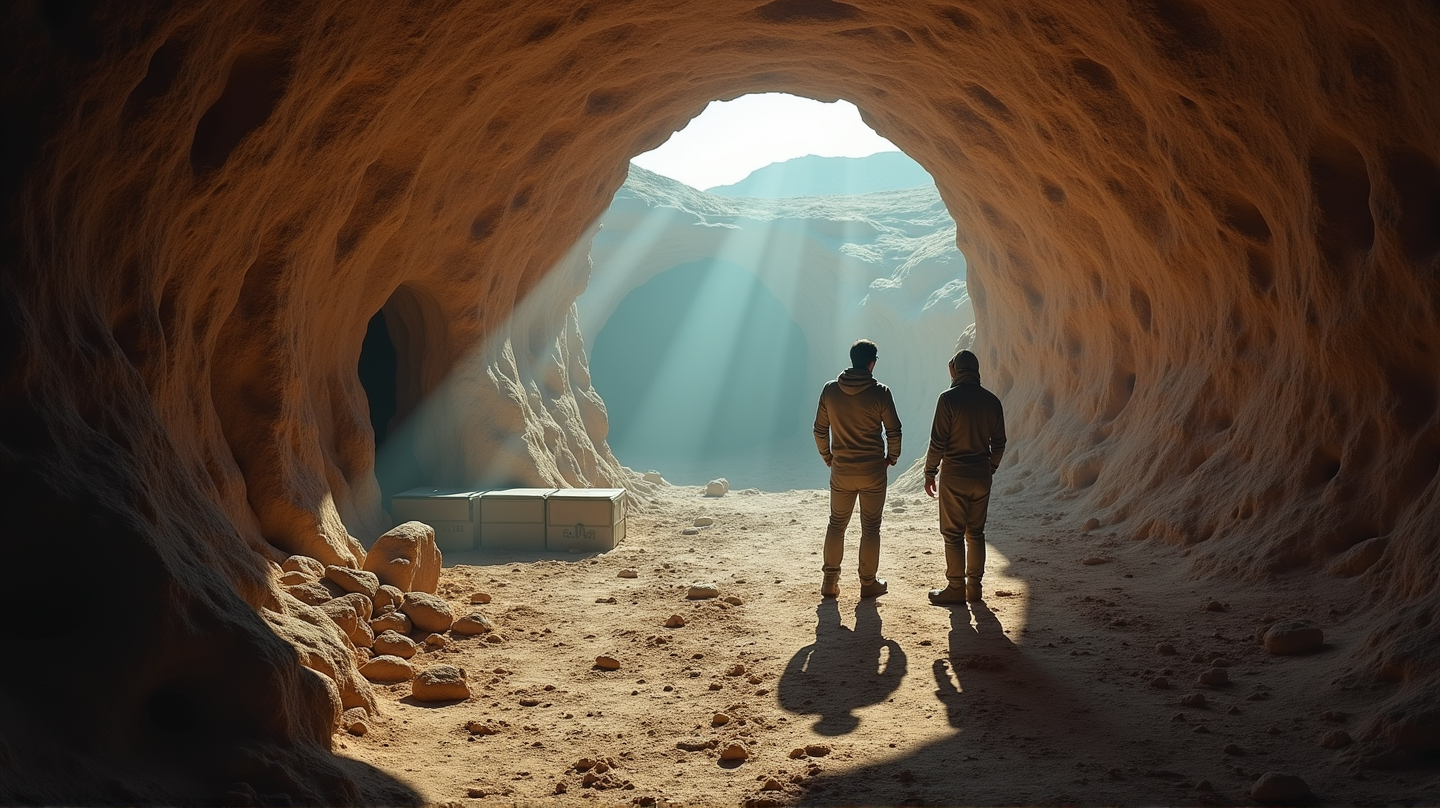In recent times, discussions about the potential resumption of nuclear weapons testing have reemerged, stirring passionate debates among scientists and policy makers. The United States, having stopped nuclear testing in 1992, now faces a renewed call for tests—a prospect that carries significant implications, both scientifically and politically.
A Historical Context
The history of nuclear testing is marked by over 2,000 detonations since the infamous Trinity test in 1945. The cessation of nuclear tests was largely achieved with the negotiation of the Comprehensive Nuclear-Test-Ban Treaty (CTBT) in the mid-1990s, with only North Korea breaking this silence in recent years. This halt was viewed as a significant step towards global stability. However, the threat of resuming tests looms as national security concerns evolve.
The Arguments for Resumption
Amidst these debates, some voices advocate for the resumption of nuclear tests. This stance is primarily driven by the need to confirm the reliability of aging arsenals and to adapt to the changing geopolitical landscape. Robert Peters from the Heritage Foundation argues for maintaining test readiness to counter potential threats with flexibility and strength.
Scientific Advancements: Substituting Tests
Despite the calls for renewed tests, many scientists contend that technological advancements render traditional testing unnecessary. Subcritical experiments paired with state-of-the-art computer simulations allow scientists to explore the intricacies of nuclear weapons without causing detonation. According to numerous experts like Jill Hruby and Thom Mason, these methods accurately sustain and modernize the U.S. nuclear arsenal without breaking the international norm against testing.
Potential Global Consequences
A key concern surrounding the resumption of nuclear tests is the potential for a global cascade effect. A solitary U.S. test could prompt other nuclear nations to follow suit and foment a new arms race. Countries without current nuclear capabilities might even be tempted to develop and test their weapons, destabilizing global peace.
Conclusion: Weighing the Necessities
While advancements in subcritical testing and computer simulation provide assurance for some, others worry about their sufficiency in the long term. This duality of thought leaves open the debate on whether traditional nuclear tests are a necessary evil or an outdated relic of the past.
As Daniel Holz eloquently puts it, this situation represents a uniquely dangerous moment in history. Whether striving towards modern scientific solutions or considering age-old methods of assurance, the discussion remains central to nuclear policy worldwide. According to Science News, the evolving narrative around nuclear testing highlights the need for caution and collaboration in navigating this explosive issue.
